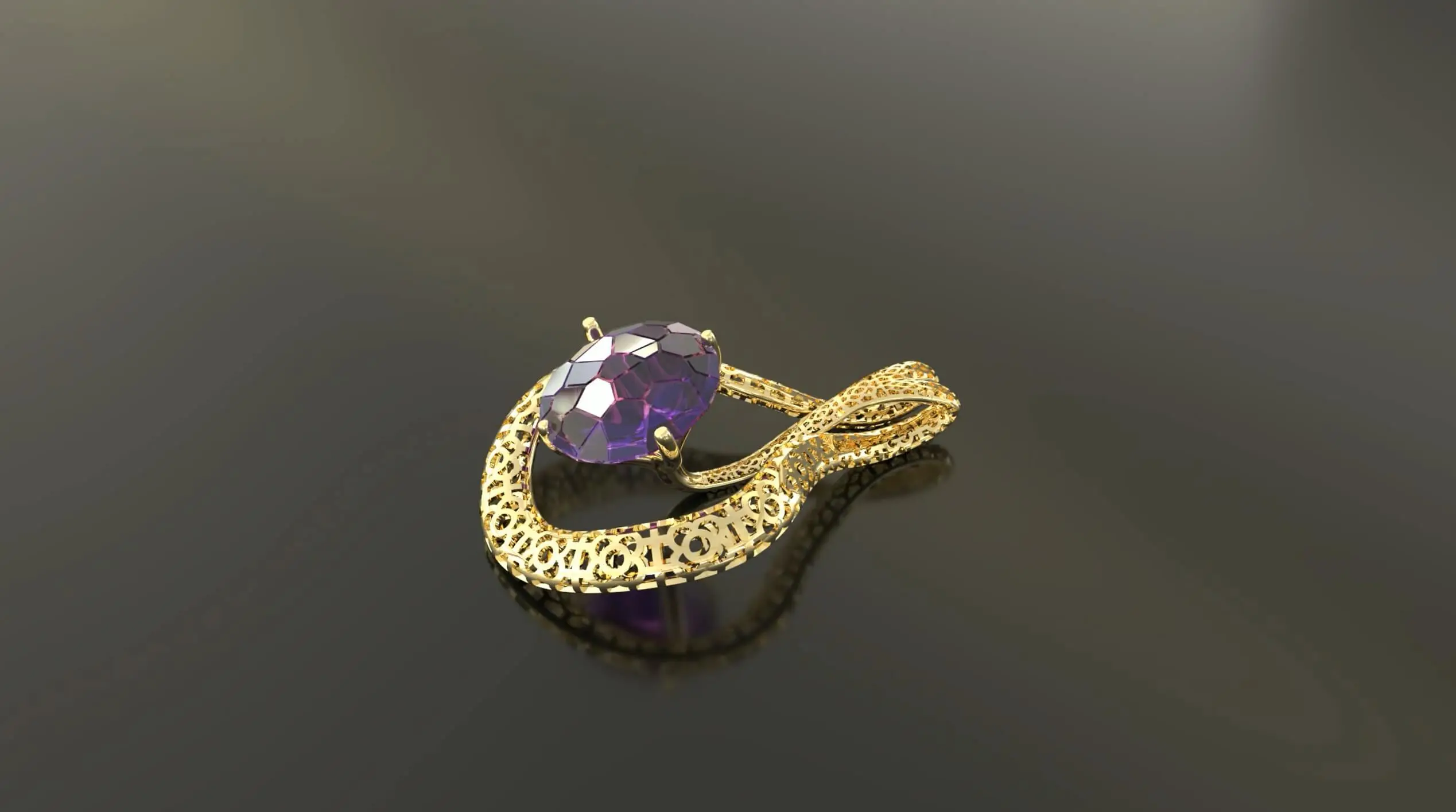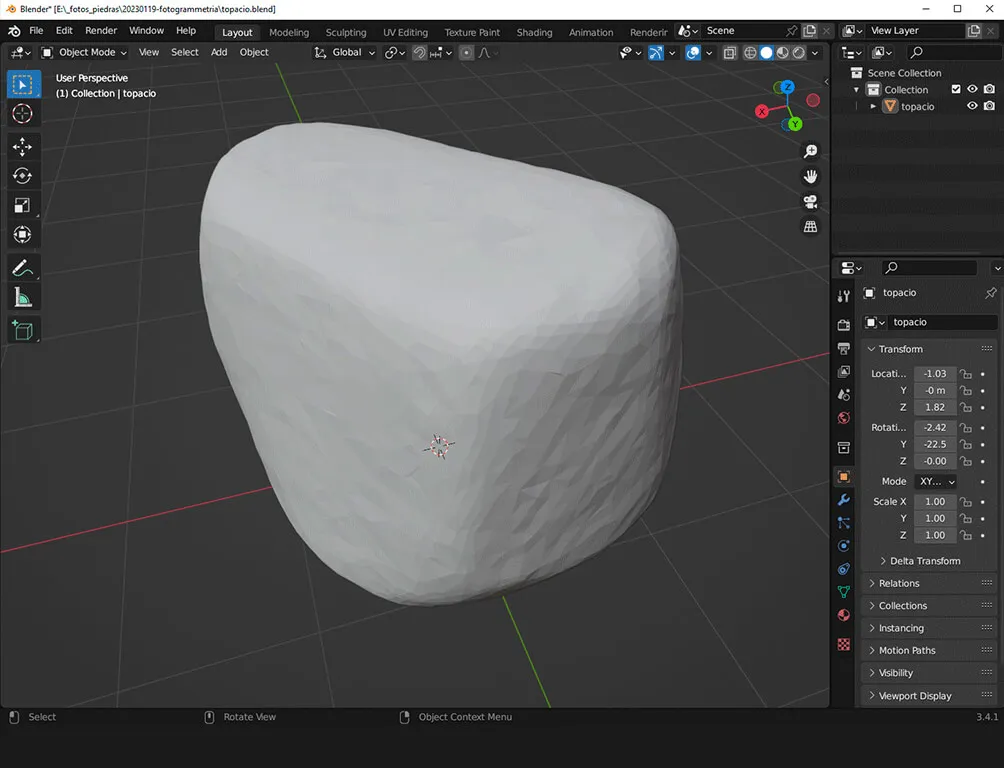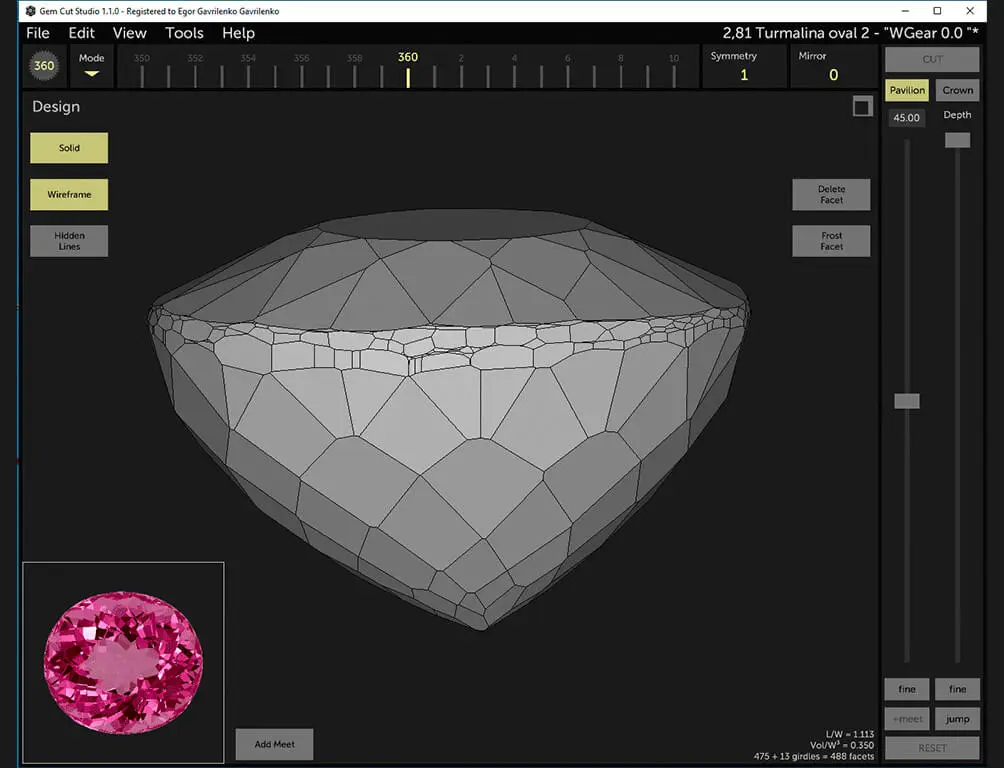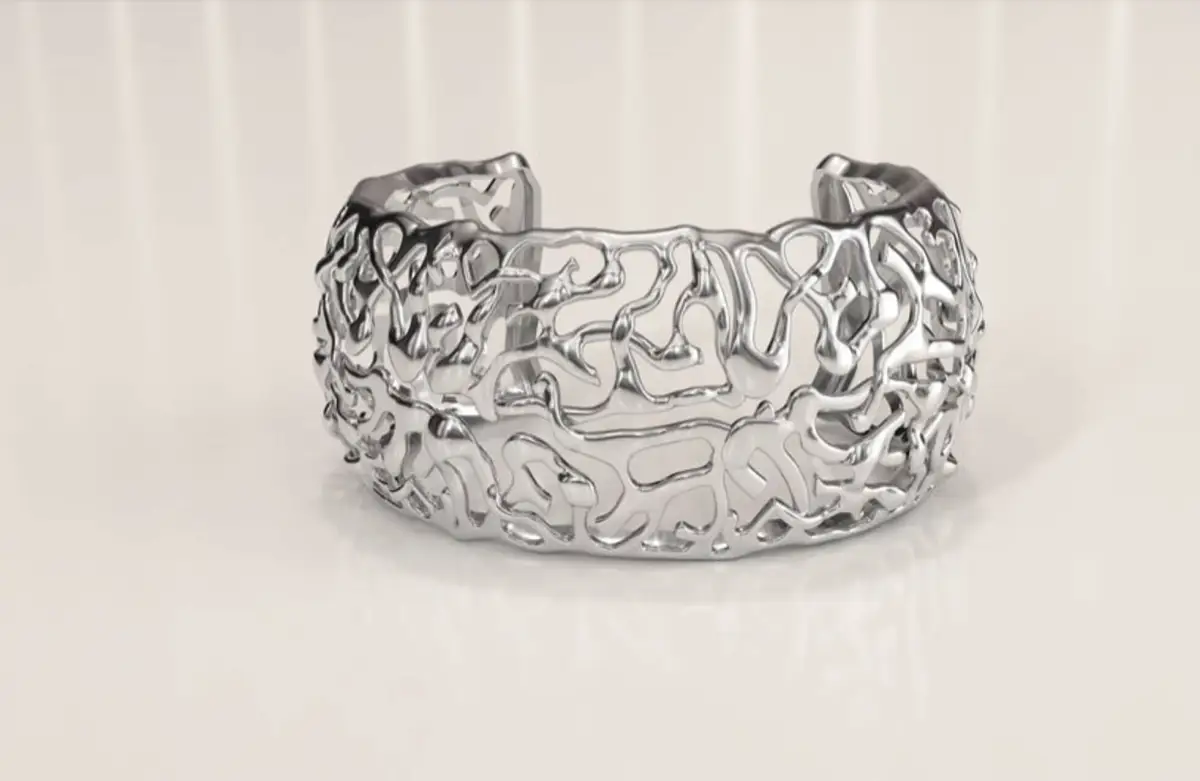No hay productos en el carrito.
Colección Barcelona: fusión de tecnología y tradición en la joyería española

27 de enero de 2025
La competitividad global de la industria joyera española está experimentando una transformación fundamental: adaptando los mecanismos de producción a las nuevas tecnologías, aprovechando el capital humano de primer nivel y optimizando los costes y plazos de producción.
A la vanguardia de esta evolución se encuentra la Colección Barcelona, paradigma de ingenio artístico e innovación tecnológica, fruto de la convergencia de dos profesionales del sector: Chesco Díaz , joyero, educador y distribuidor de software de modelado de joyas en 3D, y Egor Gavrilenko , geólogo, gemólogo y maestro lapidario de precisión.
ORÍGENES Y EVOLUCIÓN DE LA COLECCIÓN BARCELONA
La Colección Barcelona no surgió de motivos comerciales, sino que surgió como una exploración conceptual de Chesco Díaz. Motivado por las maravillas arquitectónicas de Barcelona, Díaz buscó encapsular la esencia de la ciudad dentro de una línea de joyería única. Inspirada en experiencias personales y su habilidad en modelado 3D, la colección se convirtió en un lienzo para expresar el encanto de Barcelona a través de un diseño de joyería intrincado.
El objetivo principal de Díaz iba más allá de crear una nueva línea de joyería; su objetivo era materializar una idea inspirada en reflexiones sobre la arquitectura de Barcelona. Paseando por las calles de la ciudad, se inspiró en elementos como faroles, baldosas y balcones de hierro forjado. La Colección Barcelona tomó forma a través de la plasticidad que ofrece el modelado 3D, lo que le permitió a Díaz transformar sus ideas en arte tangible y ponible.


THE ROLE OF 3D MODELING IN JEWELRY DESIGN
Díaz accentuates the transformative influence of 3D modeling on the creative process. It provides the flexibility needed for rapid iterations and real-time adjustments. The marriage of design and modeling skills is pivotal, empowering designers to embody their ideas without intermediary distortions. The efficiency of 3D modeling not only expedites the creative journey but also streamlines cost-effective production.
The genesis of the collection for Chesco also served as an exercise in knowledge and development of organic modeling techniques within Rhino, particularly with the advent of SubD in Rhino 7. In the refinement and modification phase, parametric modeling becomes crucial for Chesco, facilitated by MatrixGold, a jewelry software that provides him the flexibility needed for swift design alterations.
EGOR GAVRILENKO’S GEM-CUTTING EXPERTISE
The Barcelona Collection extends beyond design to the realm of precision gem cutting, curated by Egor Gavrilenko. Inspired by Gaudí’s trencadís technique, Gavrilenko’s meticulous work mirrors shattered tiles, creating gems with matte edges to replicate the iconic mosaic gaps. His approach distinguishes itself from conventional methods, emphasizing precision and the artistic merit of each facet.
REVOLUTIONIZING GEM CUTTING WITH 3D SCANNING
Egor Gavrilenko sheds light on the cutting-edge technology embraced by the Barcelona Collection—3D scanning. These advancements revolutionize the planning process for gem cutting from rough crystals. Fragments of minerals often possess irregular shapes, making it challenging to envision the ideal cut for the finished gemstone.
Incorporating 3D scanning, the rough crystal can be scanned to create a detailed 3D model. This model facilitates “virtual faceting” on the computer before the actual cut, ensuring precise planning. Egor highlights the efficiency of photogrammetry software like AliceVision Meshroom and 3DF Zephyr, providing excellent results in scanning rough crystals.

Beyond gem cutting, 3D scanning proves invaluable for jewelry designers working with unique, non-symmetrical gemstones. Sarine DiaScribe scanner captures highly accurate 3D models of cut gems. These models seamlessly integrate into design programs, allowing designers to build settings that account for the unique shapes of each gemstone.
PRESERVING SYMBOLISM IN JEWELRY
Chesco’s commitment to the Barcelona Collection goes beyond aesthetics. In an era where jewelry often prioritizes fashion and ephemerality, Díaz seeks to reclaim the symbolic essence of the art form.
The collection pays homage to influential jewelers, reviving a sense of personal and cultural expression through each carefully crafted piece. He shares, “In the ‘90s, I fell in love with the work of significant jewelers in Barcelona, such as Raimon Ollé, Aureli Bisbe, Montserrat Guardiola, Teresa Casanovas, Puigdoria… They were a significant influence on me, practicing a form of jewelry that is challenging to find today. Humbly, this collection aims to be a tribute to that generation of creators, seeking in its form an expression of art that can be worn…”
In the convergence of gem cutting, 3D scanning, and symbolic artistry, the Barcelona Collection stands as a testament to the harmonious fusion of technology and tradition, setting a precedent for the future of creative expression in jewelry design.



